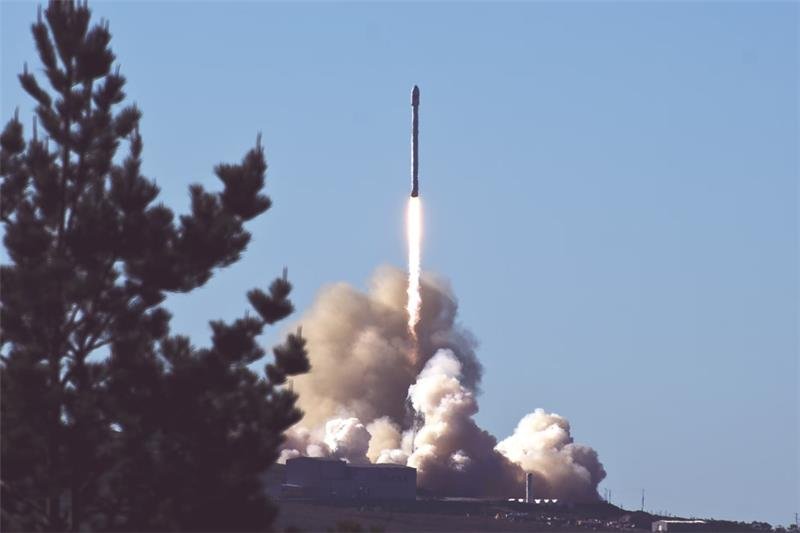SpaceX successfully executed a test launch of its next-generation Starship rocket, marking a significant victory for the aerospace company after a series of failures.
The 60-minute flight saw the world’s most powerful rocket take off from its base in Texas, traveling over 200 km. Despite visible damage during re-entry, the test was deemed a success. This launch represents an important milestone for SpaceX and NASA as they work toward human space exploration missions, including the Artemis program planned for the Moon by 2027.
During the flight, the 33 booster engines of the Super Heavy booster ignited perfectly. The booster then safely disengaged and fell into the Gulf of Mexico within minutes.
Following this, the Starship spacecraft continued its ascent, entering orbit as planned. Crewmembers reported burning flaps and unstable maneuvers during descent—both expected outcomes in this stress-test mission designed to push the rocket to its limits.
What makes this a turning point launch?
This flight is a reversal of unfortunate trend of failures in SpaceX. Some of the previouse versions of the now modified Starship had blown up on the track or during flight, halting missions months at a time.
A spectacular testing explosion in June earned international attention in Texas. Also, a March launch left debris in the Caribbean, sparking environmental concern.
The achievement of Tuesday is an indication that the company is making advancements, it reassures investors that the company is capable of learning from their lapses and it provides a good measure to the faith that the company is putting in trying to succeed. It is also of essence to NASA which has contracted SpaceX to use a custom Starship to send astronauts into lunar missions as part of the Artemis missions. Here is the link to our article on UK Flight Transformation.
How Will Starship Revolutionize Interplanetary Travel to the Moon and Mars?
The Starship rocket launch is also part of the more ambitious context of SpaceX working to have a reusable transport system make interplanetary trips to the Moon and Mars, both to deliver cargo and people.
The vehicle is a Super Heavy consisting of a spacecraft (Starship) and a booster. It will be the largest and most powerful rocket ever created. It will transform the space travel with short turnarounds and cheaper cost.
Its future plans are uncrewed missions to Mars in the coming year and eventual human spaceflight-readiness certification.
What Place Will NASA Have in the Future of Starship?
NASA has collaborated with SpaceX to design the Artemis III which is to be launched by 2027. The agency is set to utilize a lunar variant of Starship to put astronauts at the Moon surface.
This successful launch takes the project a step closer to reality although the timeline, by all intents and purposes, remains ambitious. The capability of Starship to work dependably will be central in defining the next generation of space exploration. Here is the link to our article on Air Canada Flight-delay.
Final Thoughts
SpaceX is another critical step ahead with the latest Starship rocket launch. It generates impetus following several unsuccessful trials and it takes the company a step ahead of achieving its interplanetary goals. The future of Starship is brighter than other times with renewed confidence and affiliation to NASA moons missions.








